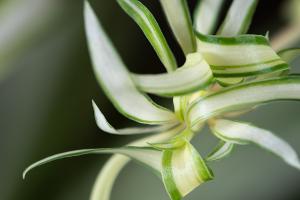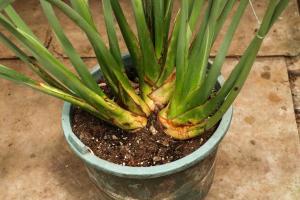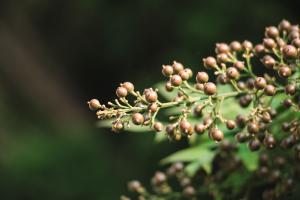Introduction
What are plant zones? For gardeners and horticulturists, knowing the plant zones system is essential to selecting and growing plants successfully. The plant zones system, also known as the USDA Hardiness Zone Map, is a guide developed by the United States Department of Agriculture (USDA) to categorize plants based on their minimum temperature tolerance. This system helps gardeners to select plants that can survive the average minimum temperature of their geographic region.
Understanding the Plant Zones System
The USDA Hardiness Zone Map divides the United States into 13 plant zones, each identified by a specific number and labeled by the average annual minimum temperature. Each zone is divided into half-zones, which are distinguished by a letter (a or b). The lower the number, the colder the temperature in that zone. For example, Zone 1a has a minimum temperature range of -60 degrees Fahrenheit (-51 degrees Celsius), while Zone 13b has a minimum temperature range of 65 degrees Fahrenheit (18 degrees Celsius).
Benefits of the Plant Zones System
By understanding the plant zones system, gardeners can select plants that are suitable for their specific region. For example, if you live in Zone 3, you know that you should look for plants that can tolerate temperatures as low as -40 degrees Fahrenheit (-40 degrees Celsius). This knowledge can help you avoid wasting money and time on plants that won't survive in your region. It can also help you make informed decisions when selecting plants and planning your garden.
Challenges of the Plant Zones System
While the plant zones system can be a useful guide, it's important to remember that it is just that鈥攁 guide. The minimum temperature is only one factor to consider when selecting plants. Other factors, such as humidity, soil type, and light levels, can also affect a plant's survival. Additionally, microclimates, which are small areas within a larger zone that have slightly different temperatures, can create challenges when selecting plants. Gardeners should educate themselves on the particular characteristics of their garden and take several factors into consideration when selecting plants.
Conclusion
The plant zones system is a useful tool for gardeners and horticulturists, providing valuable information on which plants can survive in different regions. By understanding this system, gardeners can make informed decisions when selecting plants and avoid wasting time and money on plants that won't thrive in their garden. However, it's important to remember that the plant zones system is just one factor to consider and gardeners should also take into account other factors that can affect a plant's growth and survival.

 how many times do yo...
how many times do yo... how many planted tre...
how many planted tre... how many pine trees ...
how many pine trees ... how many pecan trees...
how many pecan trees... how many plants comp...
how many plants comp... how many plants can ...
how many plants can ... how many plants and ...
how many plants and ... how many pepper plan...
how many pepper plan...































